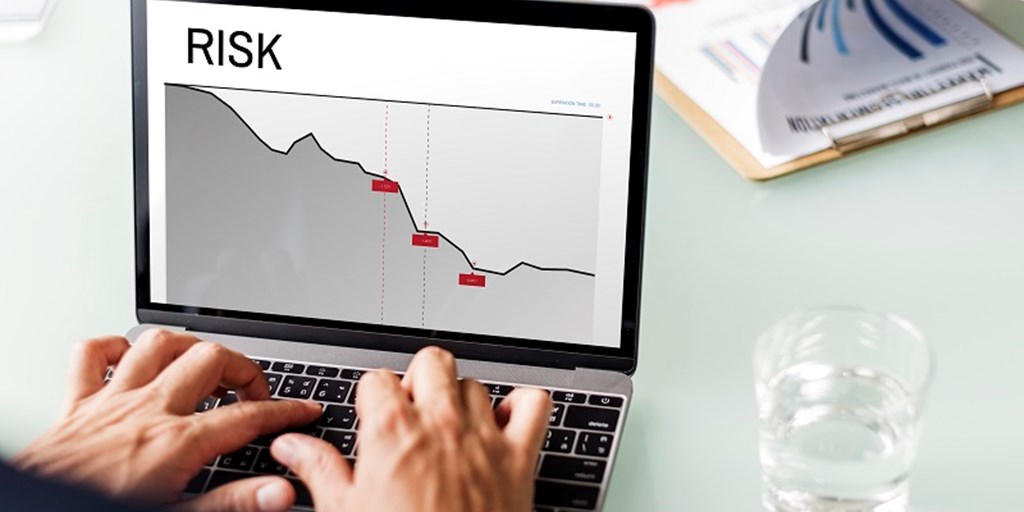
External Markets and Associated Risks
The business student again turned up to class early to speak to his professor about risk and specifically about external markets. The lecturer was beginning to sense that the student had an interest in risk, and sat down with the student to discuss this as well as broader risk issues.
Reiteration
In prior weeks the professor spoke in general terms about risk. The student remembered that the professor stated that according to the International Risk Management Standard, ISO 31000, you cannot do anything about risk unless you first identify it; then you need to assess it - which includes analysis and evaluation; then treat it; and then finally return later to see how effective your treatment was. He said that this last step is called monitoring and review.
The Need for A Written Risk Register
The management of risk should occur using a written risk register to list and review risks, so risks do not just exist in a manager’s head. He stressed that the risks in the register should be reviewed periodically and that it is imperative that at each Board meeting risk is always on the agenda, that is it is a - ‘standing item’. The professor then said it was important to be systematic and objective in managing risks and suggested that it is better if the risk register splits risks into different categories and a senior member of staff - who is familiar with that area - be made responsible.
Risk Impact Rating
He stated that it is imperative that risks are registered in a way that people can quickly see their Risk Impact Rating, and then do something to eliminate, or more commonly, to mitigate the risk. He said that at his school he uses four impact colours: green (low risk), yellow (medium risk), orange (high risk) and red (very high risk).
The Importance of Categories
The professor then said it was important to be systematic and objective in managing risks and suggested that it is better if the risk register splits risks into different categories. In the past, he spoke about the Regulatory Compliance category, and he said that he would now speak about the External Market.
External Market
The professor advised that one of the most fundamental aspects of operating a business and planning for the future is the analysis of the external and internal environment as this helps with the identification of the weaknesses and strengths of the enterprise, as well as external threats and opportunities for development. With complete information, management can make sensible management decisions.
External Market Examples
To clarify what he said - the professor gave some external risk examples for his school: reliance on international students as a substantial source of enrolment and revenue; competition from other similar and nearby schools/colleges; competition from online education consortia; uncertainty of foreign government policies; and the impact of new Australian migration strategies.
As students were coming into the room, he quickly summarised saying that a key part of governance is the management of risk, and that includes the risk register being regularly updated, reviewed, and action taken when required. He ended stating that the management of external risk, as well as other categories, was vital.
Other short articles worth considering on this topic –
Risk in education and training - https://www.ubss.edu.au/article/risk-in-education-and-training-a-starting-point/
Regulatory compliance - https://www.ubss.edu.au/article/regulatory-compliance/
Associate Professor Cyril Jankoff is Associate Dean, Scholarship at UBSS and a Member of the GCA Compliance Directorate.






